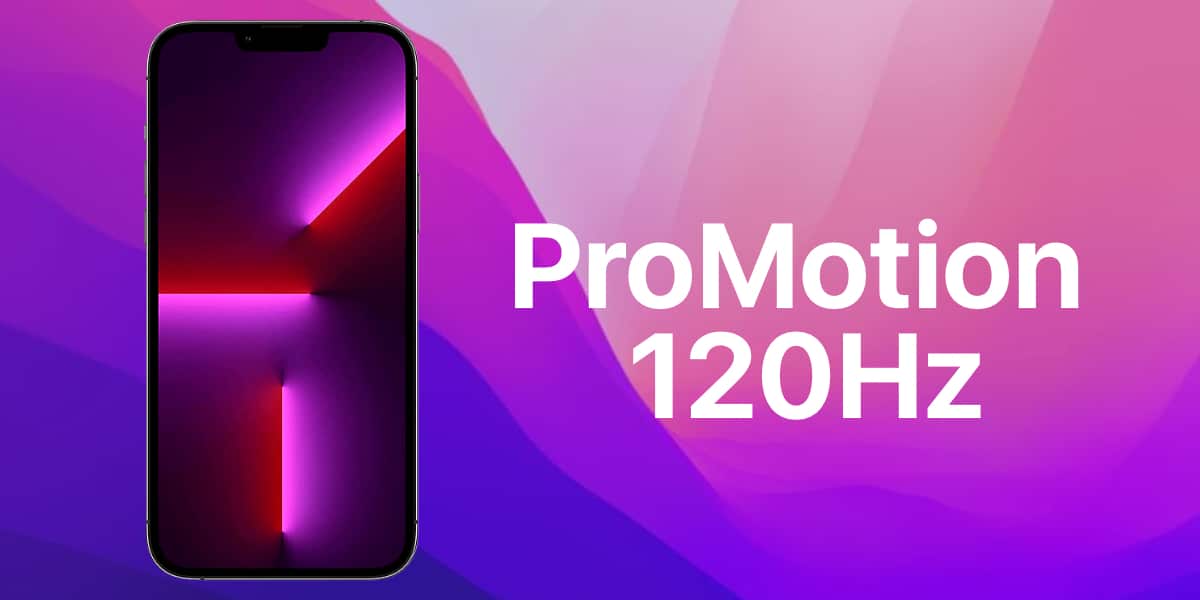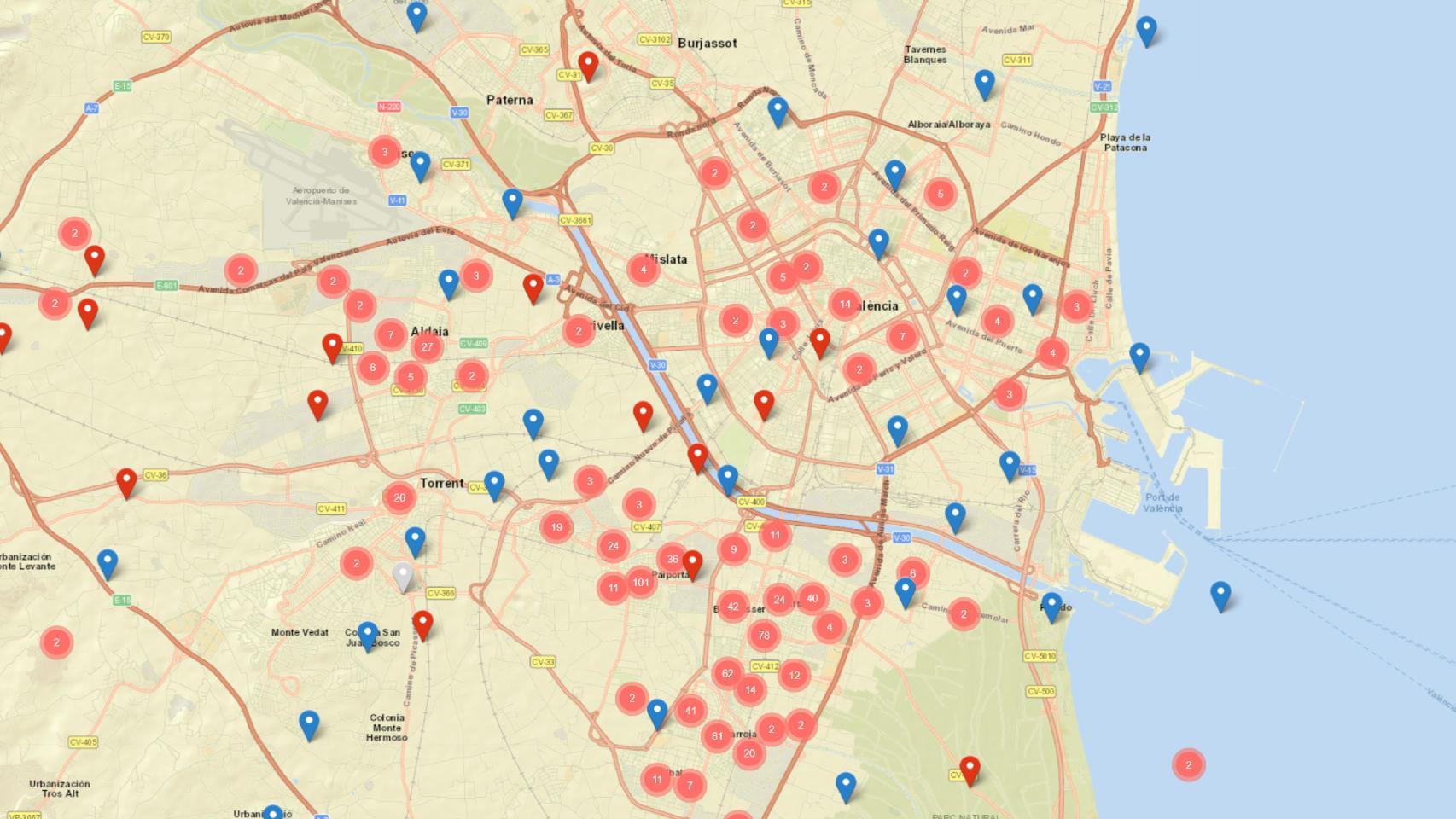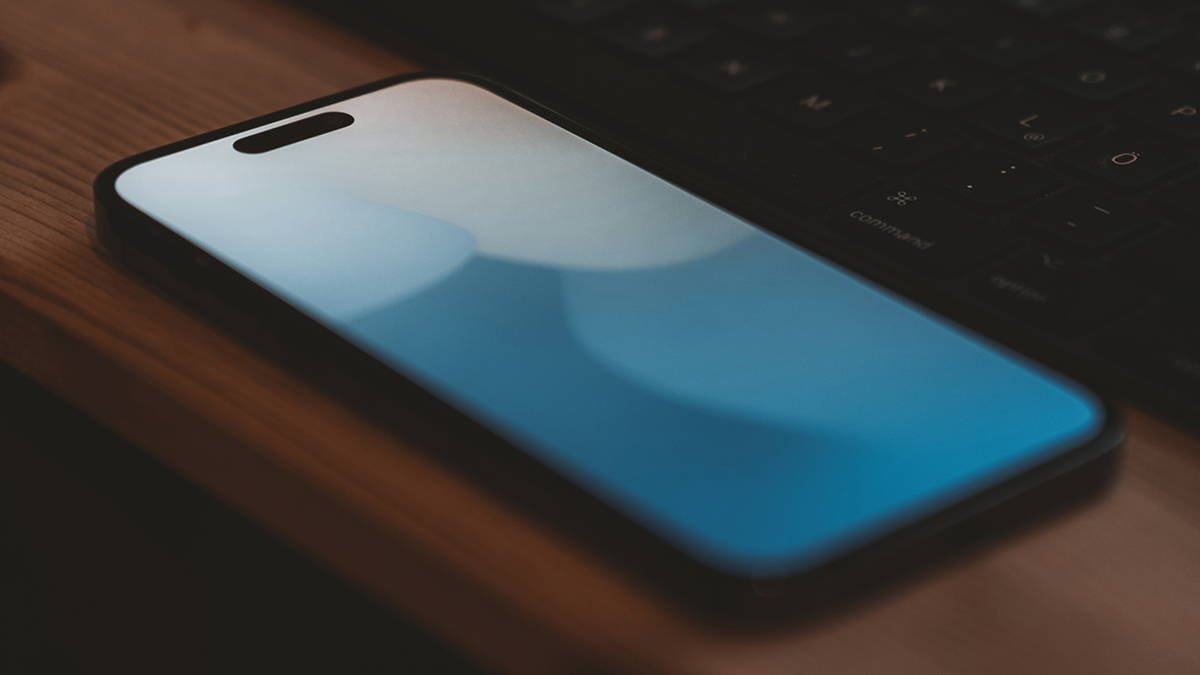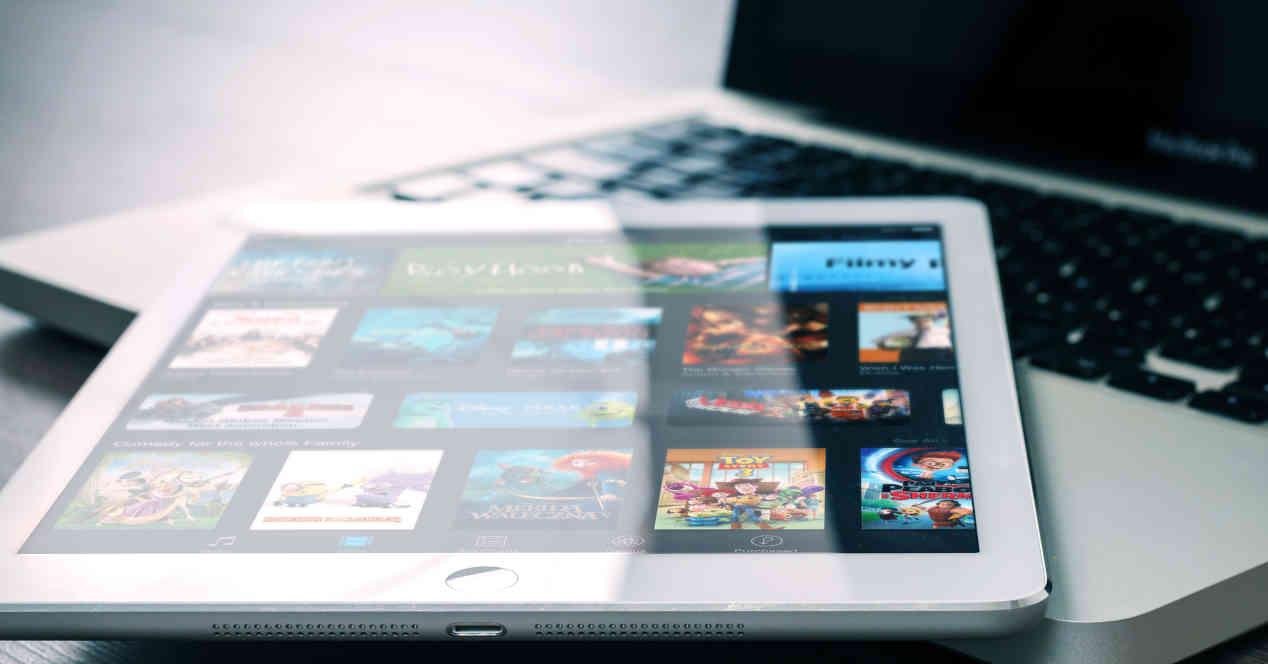
The refresh rate or rather the “hertz” have become the new “megapixels” of today’s smartphone, and it is that many companies are venturing to offer a greater number of hertz on the screens of their devices. mobile as a signal of quality, power or status. However, as with the number of megapixels, more doesn’t always mean better.
We are going to show you what your smartphone refresh rate is and what the differences are between all the alternatives on the market. Only then will you know if it’s really worth buying an iPhone that has a higher screen refresh rate.
What is the refresh rate of your screen?
To explain what the cool rate is, it is important that we stop for a moment in the operation of a screen. Far from what one can imagine, the screens do not offer us a static image, the screens turn off and on continuously at very high speed, in this way and alluding to at the start of retinal persistence, It gives us the impression that the screen maintains a permanent image, but nothing could be further from the truth.
How does this information lead us to the notion of refresh rate? Very simple, the refresh rate is basically the number of times the screen is able to turn on and off i.e. display different content, in just one second you have well read, in just one second.

Until relatively recently, all cell phones had 60 Hertz screens, that means they turn on and off 60 times per second. However, technology has progressed and how could it be otherwise with cell phones, especially the iPhone.
In this way, In recent years, most mobile phone companies have released devices with refresh rates above 60Hz. as a sign of the quality of its panels and especially of its software. Apple, although it took its time, ended up including this “higher” refresh rate technology in its iPhone as well, although some devices such as the iPad Pro have had it before.
Pros and cons of a higher refresh rate
Obviously and as you can imagine, not all of these are advantages in being able to have a higher refresh rate compared to what we are using lately. Indeed, it is possible that despite the previous explanations you still have doubts about its benefits, quote the movie Little Warriors: “How does this affect the Gorgonites?” “
The main disadvantage of using a higher screen refresh rate is higher power consumption. We take into account that if previously the screen was turned off and turned on 60 times, now you will have to do this work 90-120 times in the same period of time, that is, one second. Obviously, this will require a greater flow of lighting and, among other things, greater power consumption. Although it should be taken into account that they turn on and off more often but this does not have a proportional impact on consumption because these ignitions are of shorter duration, however, the increase in energy consumption is significant.
And it’s really not just power consumption that’s responsible for making the list of negatives of using higher refresh rates. According to logic, the processor of the mobile device or the iPhone in question will have to work more in terms of image processing, That is why, in addition to greater power consumption, there will also be greater consumption of resources of our mobile phone.

However, for many people, these drawbacks do not make up for the fact that having higher refresh rates, typically between 90Hz and 120Hz, our display will deliver content more smoothly, enjoying movement more accurately. This is particularly interesting when we are playing via the mobile phone or navigating the iOS menus, However, it has virtually no impact on the consumption of media content since the videos we watch regularly as well as movies are generally produced at refresh rates well below 60 Hertz.
How does my iPhone prevent the increase in battery consumption?
As we have already told you, one of the main disadvantages of using or having a higher refresh rate is precisely the power consumption. For this reason Most Android phones that have refresh rates above 60Hz have a setting that lets you turn off those higher refresh rates. to have a more adjusted battery consumption.
- Settings> Accessibility> Motion> Limited frame rate
Apple has already thought about all of this and released a software tweak called ProMotion is nothing more or less than a software setting that allows a variable frequency arrangement in real time, ranging from 60Hz to 120Hz on the screen according to the needs of the application. that we use. However, if you wish, you can easily turn off ProMotion.

In this way, Apple has decided to include refresh rates of 120 Hz in its iPhone line, thus mitigating the negative effects of using this technology, despite using the ProMotion system, in any case. a higher refresh rate always means higher battery consumption, regardless of its size.
What is the refresh rate of my iPhone?
The arrival of the new iPhone 13 was another assault on the smart mobile phone industry by Apple, however, not all of its new devices have ProMotion, i.e. 120Hz refresh rate, This technology is reserved for iPhone 13 Pro and iPhone 13 Pro Max only, although the rest of the company’s launches going forward are expected to include ProMotion technology in all of its versions.
Table of Contents








